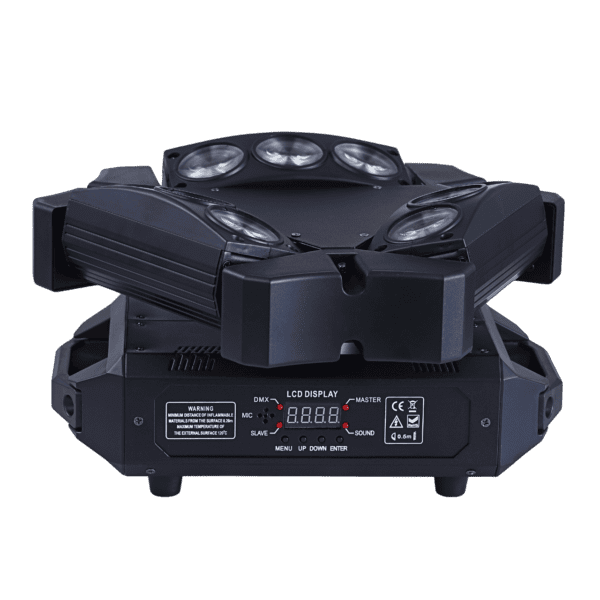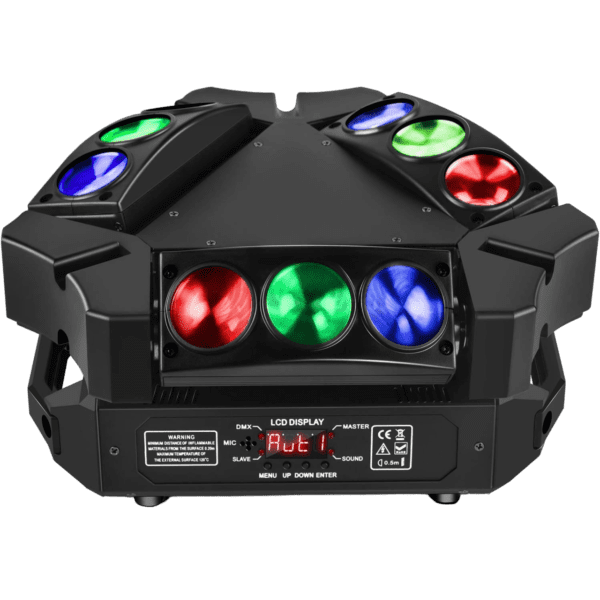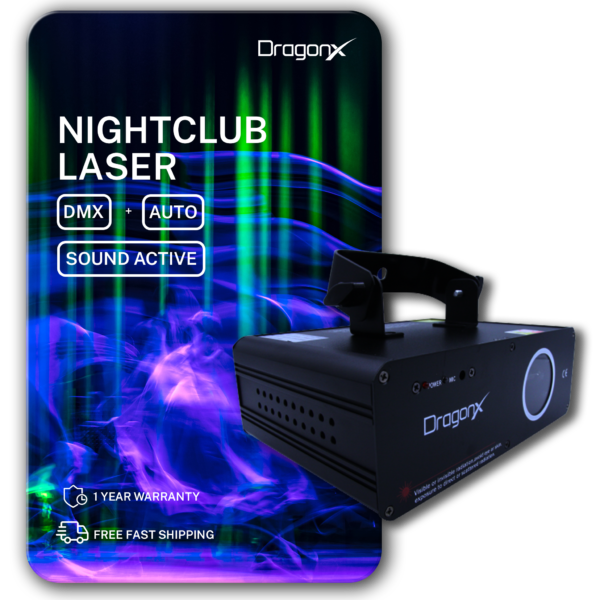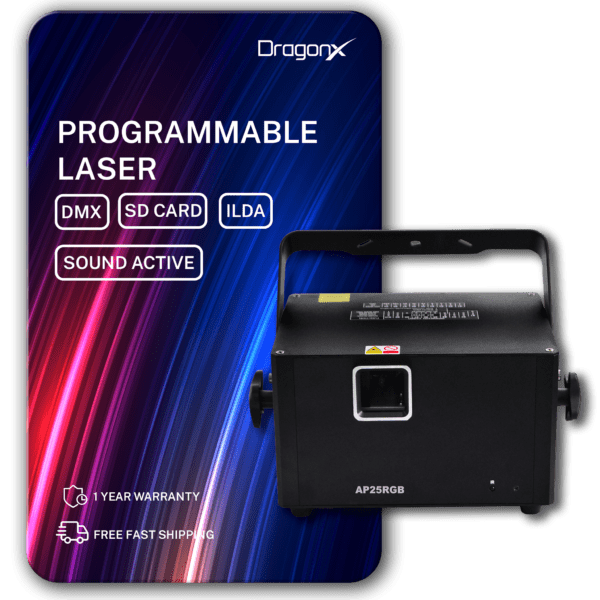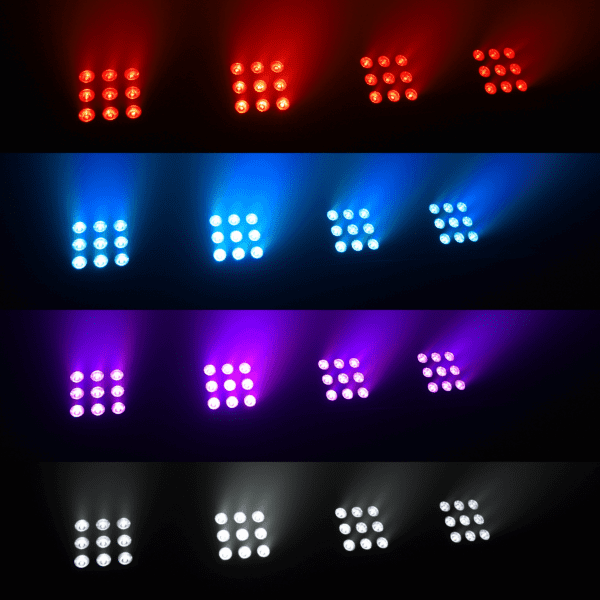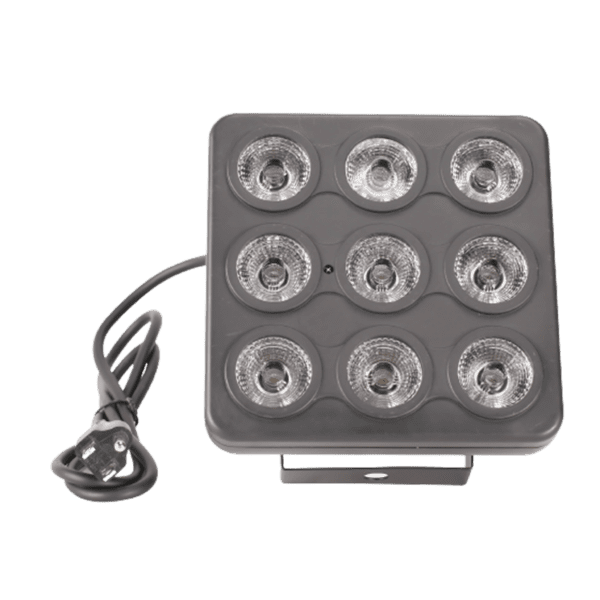Aquascaping is a hobby for tens of thousands of people. It is basically keeping plants, or aquatic life, or both in a water tank, which substitutes for their natural water habitat. Since these marine creatures come from a natural environment with a complex ecosystem, you need to give them the most similar environmental alternative that you can afford.
Here, a significant decision to take as an aquarist is to figure out the exact amount and type of lighting that you are going to provide to your marine life. The nature of lighting that you arrange not only impacts how the aquarium looks from the outside but also how this tiny ecosystem thrives under that lighting.
Whether you’re a novice in the world of domestic fishkeeping or are an experienced aquarist, you’ll always find something new to learn about the latest aquarium lighting trends for your fish tank light.
Factors You Should Consider When Choosing an Aquarium Light
Marine life is pretty diverse and exotic, even when you remove all the large fish and plants that can’t be crammed into home aquariums. These various kinds of marine life all have different living conditions which suit them.
Some are accustomed to living in shallow waters and float near the water surface where the light is ample and brighter. Some other fish, coral, and plants are used to dim, shadowy lighting. Their habitat usually consists of fallen logs or heavy vegetation, or anything else that obstructs direct light to the base of the tank.
You have to pick your lights depending on the type of marine life you’re petting. If you have a uniform collection of marine life that entirely prefers either a shallow, well-lit environment or a dim, dark environment, picking a standard set of lights is no big deal. But if your marine life in a single tank is diverse in nature, then you need to choose your lighting with more care.
As a general rule, you can ask the vendor for a light that has a spectrum that penetrates to different depths differently. Usually, the blue color spectrum is what goes the deepest underwater and is ideal for marine creatures that are comfortable with low lights.

How do you arrange the interior of your tank? Is it full of tiny shrubs and logs and corals and other underwater vegetation? Do you have castles, sand, pebbles, toys, and similar recreational items for the fish? Or is your tank mostly just water? You see, different objects allow the light to penetrate through differently.
If you have filled a large part of your tank with underwater plant life and decorations, then you may need more lighting equipment to sufficiently light up the whole tank, especially at the base.
If your tank doesn’t have any obstructions and is mostly just water, then you might want to keep the lighting low, and that will be enough to keep your fish comfortable.


Here, you may also want to take into consideration the volume of your tank. Some people have just a single tank that doesn’t measure more than a small side table.
Some aquarists are more enthusiastic and have entire walls fitted with aquarium glasses. Some others have aquariums in their flooring.
Each type of aquarium needs a different kind of lighting. If you have a small bedside aquarium stand, you won’t probably need more than one LED light. If you have a walled aquarium, then you’ll need different kinds of lightings to occupy various positions so that the entire tank is illuminated. If you have a floor aquarium, then you’ll need an underwater lighting arrangement, which usually consists of spotlights.
The light intensity you choose is a significant component in creating a healthy underwater life. Usually, there are two basic types of lighting in this regard. Yellowish, warm lighting imparts a soft glow inside the tank. The other is a crisp, cool blue-white or pure white lighting, which gives an entirely different glow.


With both these types of lightings, there’s a Kelvin rating that tells just how intense the light is. For most freshwater aquatic life, a light with a Kelvin rating (or K rating) between 5,500 and 8,000 is sufficient. Here, the volume of your tank, the placement of the light, and the type of marine life you have in the aquarium will help you and your vendor pick the right light for your fish tank.
The final nail on this coffin is the budget you have for your aquarium lighting. If you’re taking up aquascaping as a hobby, then chances are that you’re already spending a lot on fish feed, water maintenance, plant care, and probably professional services as well. For some others, splurging more and more money on aquatic lighting might not sound like a big deal. Therefore, everyone can look into different types of lighting, depending on their expenditure capacity.
These days, backlight LED panels are becoming quite popular with aquarists because they’re easy to find, install, have a high-end, and have a longer life, making them a worthy investment. For more specific options, you may ask your vendor to help you pick lighting that suits your plants and your fish.


This will differ for fake planters vs. real plants, different species of fish and marine life, as well as the sleep/wake cycle you’re practicing for your aquarium. On that note, remember: try getting lighting equipment with an on/off or bright/dim timer so that your aqua life can easily develop its sleeping habit.
Conclusion
Choosing the right aquarium lights will make your aquarium look like something straight out of a NatGeo documentary. If you are confused, these four factors here will help you achieve the exact look you like!
References
https://www.aqueon.com/articles/choosing-the-right-aquarium-lighthttps://nualgiaquarium.com/how-to-choose-the-right-aquarium-lighting/



